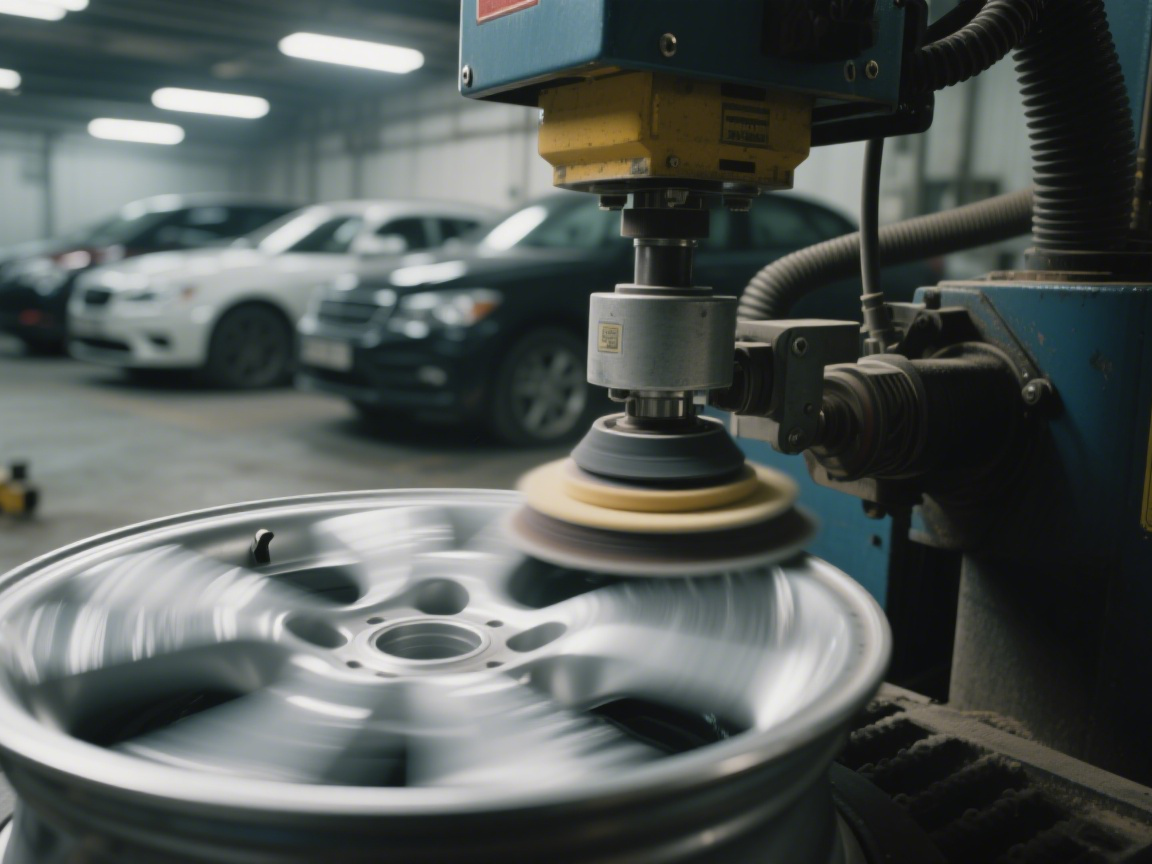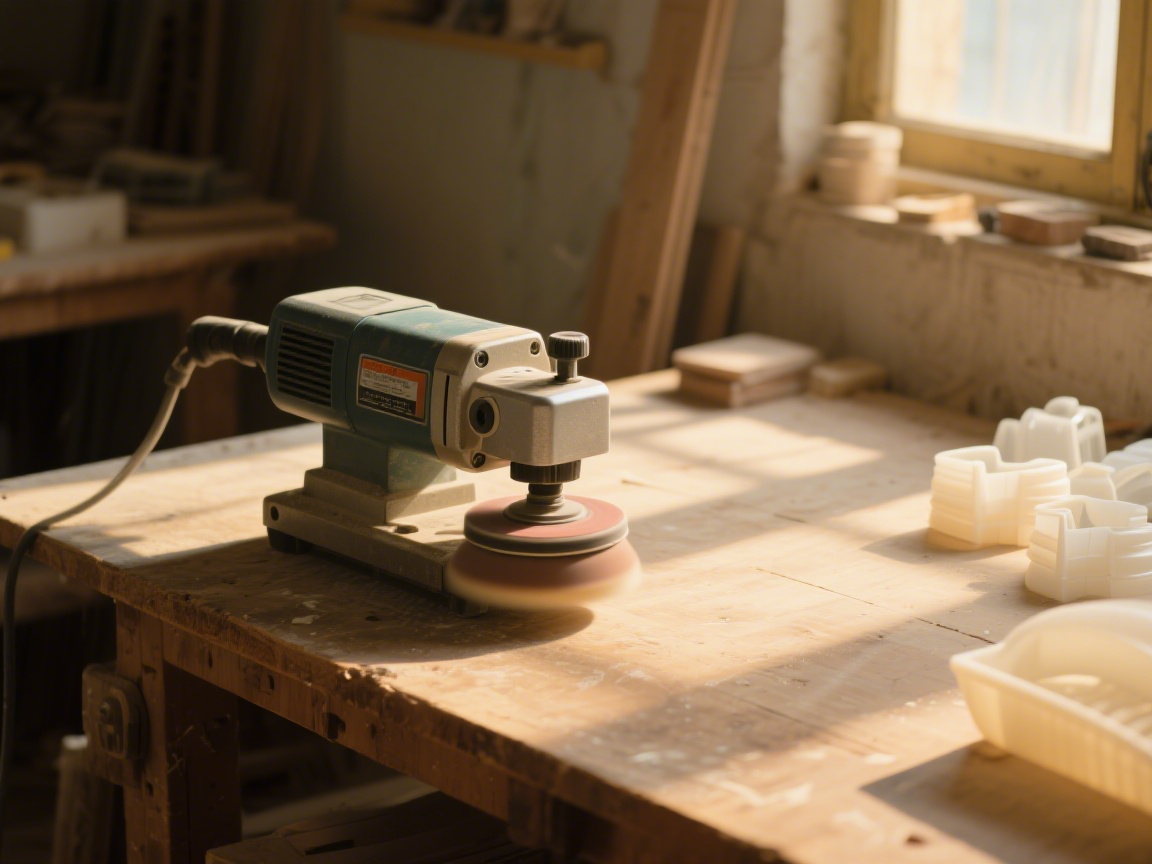What is a Polishing Machine?
leading paragraph: Tired of dull, uneven surfaces? Polishing machines deliver mirror finishes that manual methods can't match. Discover how these powerful tools transform raw materials.
snippet paragraph: A polishing machine is a power tool that uses rotating pads, belts, or disks with abrasives to smooth and shine surfaces. From metal fabrication to jewelry making, these machines combine speed (up to 3,000 RPM) with precision (±0.001mm tolerance in some models) for professional-grade finishing.

Transition Paragraph: But not all polishing machines are created equal—their capabilities vary dramatically depending on type. Let's examine the different categories...
What Are the Various Types of Polishing Machines?
leading paragraph: Choosing the wrong polisher can cost you hours of rework! These are the 5 main types professionals rely on for different applications.
snippet paragraph: The primary polishing machines include: 1) Belt polishers (for long surfaces) 2) Rotary pad polishers (for contoured shapes) 3) Orbital polishers (for swirl-free finishes) 4) Bench grinders (for tools/bits) 5) Automated robotic polishers (for mass production). Industrial models like our JZ-PM series offer hybrid functionality.

Polishing Machine Comparison Chart
| Type | Best Surface Types | Speed Range | Precision Level | Common Industries |
|---|---|---|---|---|
| Belt Polisher | Flat metals/woods | 500-1800 FPM | ±0.1mm | Automotive, Metalwork |
| Rotary Polisher | Curved surfaces | 1000-3000 RPM | ±0.5mm | Marine, Aerospace |
| Robotic Arm | Complex 3D shapes | 0.5-2m/s | ±0.01mm | Medical devices, Optics |
| Vibratory Tumbler | Small metal parts | 900-2800 VPM | Batch finish | Jewelry, Firearms |
| Centrifugal Barrel | Delicate components | 30-60 RPM | Micro-finish | Watchmaking, Electronics |
Specialized Variants:
- Magnetic polishers for tiny ferrous parts
- Cryogenic polishers for superalloys
- Electrolytic polishers for microscopic smoothness
- Our JZ-AM series combines vibration and rotation for 40% faster finishing
Where Are Polishing Machines Typically Used? (Application Scenarios)
leading paragraph: From your smartphone to spacecraft, polished surfaces are everywhere! Here's where these machines make the critical difference.
snippet paragraph: Beyond metalworking, polishing machines serve vital roles in automotive (wheel refinishing), construction (marble floors), semiconductor (wafer polishing), jewelry (gem setting prep), and even prosthetics manufacturing (implant smoothing).

Industry-Specific Applications
1. Automotive Restoration
- Headlight lens polishing (removes 0.2mm UV damage)
- Chrome trim restoration (mirror finish in 3 stages)
- Paint correction (removes 1200-3000 grit scratches)
2. Architectural Metalwork
- Stainless steel welds (passivation polishing)
- Aluminum façade panels (weather-resistant finish)
- Bronze decorative elements (antique patina control)
3. Medical Equipment
- Surgical instrument finishing (to 0.05μm Ra)
- Implant surface texturing (for bone integration)
- Dental prosthetics polishing (food-contact safe)
How Are Polishing Machines Revolutionizing Industry?
leading paragraph: A leading aerospace manufacturer reduced polishing labor by 80%! Discover how smart polishing systems are transforming production lines.
snippet paragraph: Modern industrial polishing now integrates AI vision systems (like our JZ-AI Polisher) to automatically detect surface defects, adjusting pressure and RPM in real-time while collecting quality data for traceability.

Industrial Impact Analysis
| Sector | Before Automation | With Smart Polishing | Improvement |
|---|---|---|---|
| Automotive | 45 min/car | 12 min/car | 73% faster |
| Electronics | 15% defect rate | 2.3% defect rate | 85% quality boost |
| Energy | Manual inspection | AI-powered detection | 100% coverage |
Emerging Technologies:
- Adaptive polishing robots with force feedback
- Nanoparticle-based polishing compounds
- In-line roughness measurement systems
- Our JZ Connect platform enables remote polishing parameter optimization
Conclusion: From handheld tools to fully automated cells, polishing machines are indispensable for achieving surface perfection across industries—with smart models now redefining quality standards.


